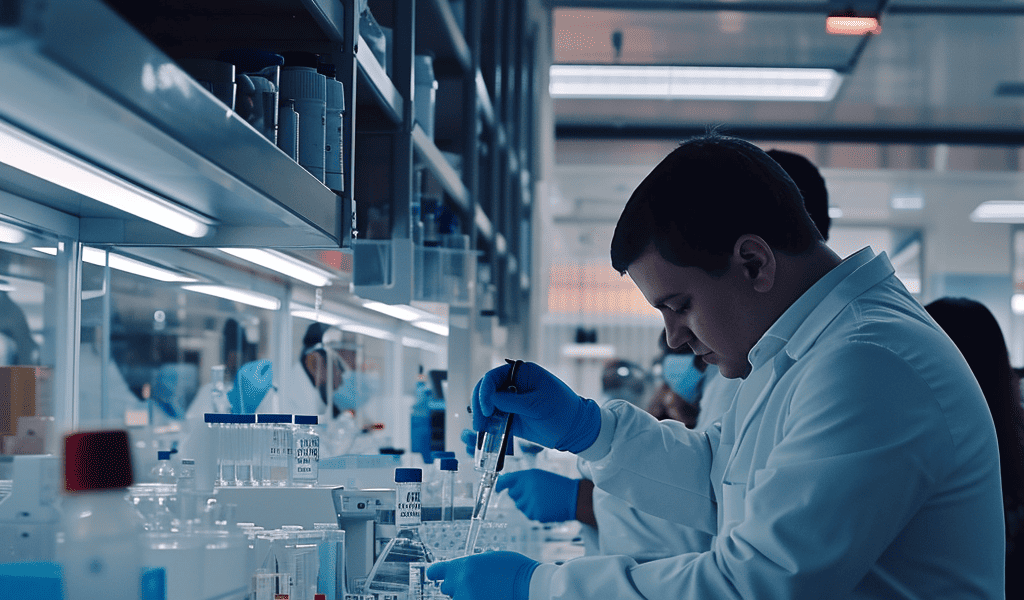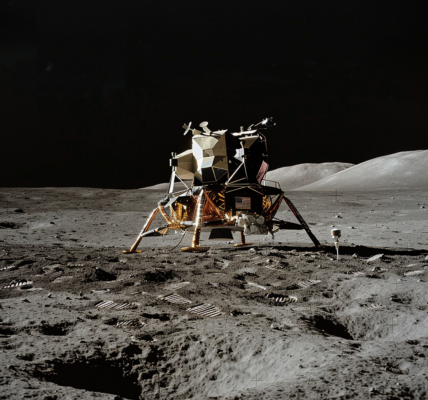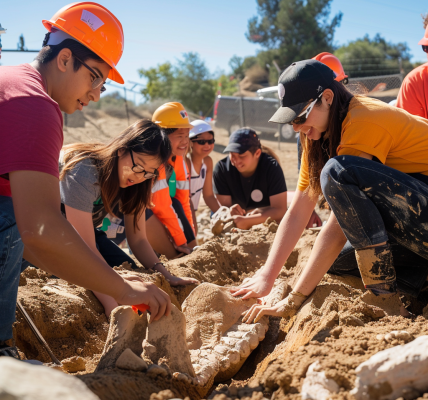A team of scientists at the U.S. Department of Energy’s (DOE) Brookhaven National Laboratory and Columbia University has achieved a breakthrough in producing a large quantity of the receptor that the SARS-CoV-2 virus, responsible for COVID-19, binds to on the surface of human cells. This significant development provides a new avenue for studying these receptors and potentially utilizing them for various applications.
The scientists’ primary objective was to generate substantial amounts of human ACE2 and then link the protein to nanoparticles. These ACE2-coated nanoparticles could be explored as potential anti-viral therapeutics and as sensors for detecting virus particles.
Lead researcher Paul Freimuth, a virologist at Brookhaven Lab, highlighted the challenges in producing functional membrane proteins like ACE2 due to the complexity of the protein localization process in the cell membrane. Notably, carbohydrate molecules play a crucial role in the protein’s final 3D structure and its function in the membrane, accounting for about one-third of the ACE2 protein’s mass.
The breakthrough, outlined in a recently published paper in the journal Virology, not only paves the way for studying the SARS-CoV-2 receptor but also offers a method to facilitate the study of other intricate proteins that have been difficult to produce using conventional approaches.
The successful production of functional human ACE2 protein in mouse cells opens up new possibilities for research and potential applications in the fight against COVID-19 and other viral infections. The method developed by the scientists could have far-reaching implications in advancing our understanding of virus-host interactions and in developing innovative strategies for combating infectious diseases.





